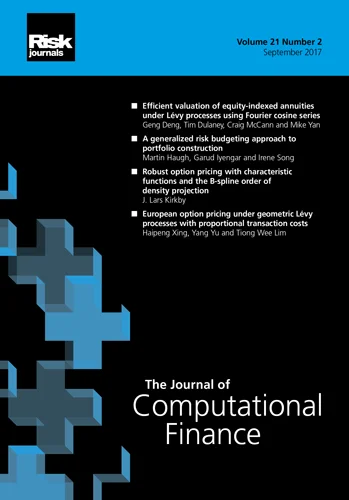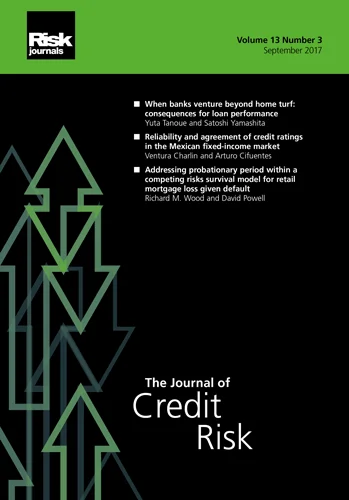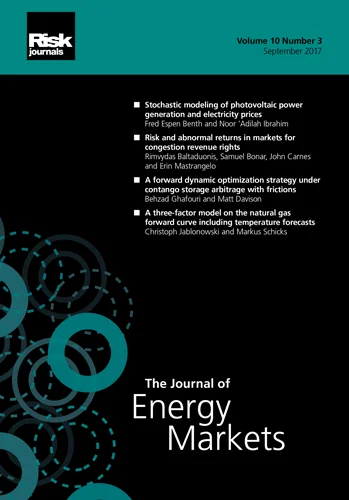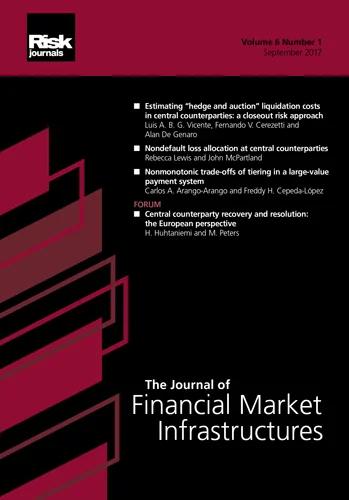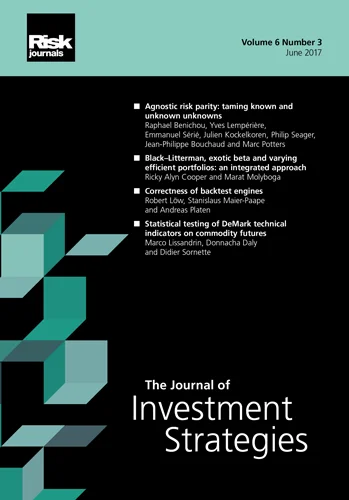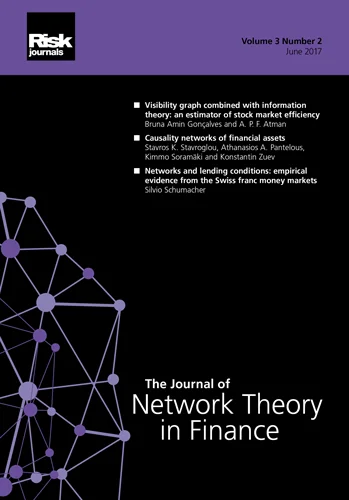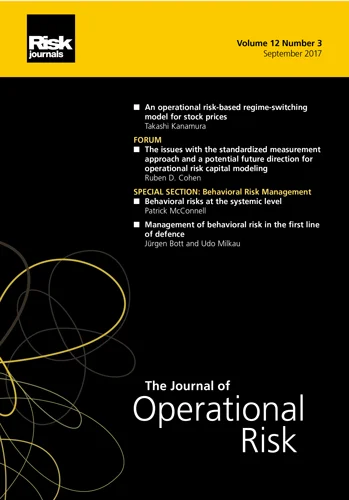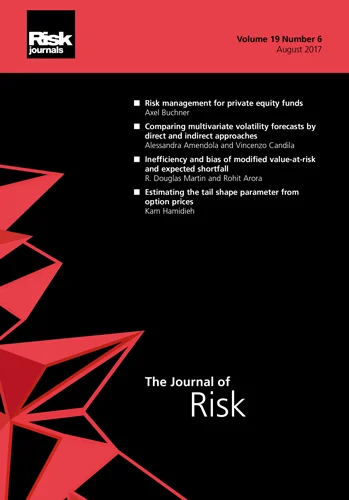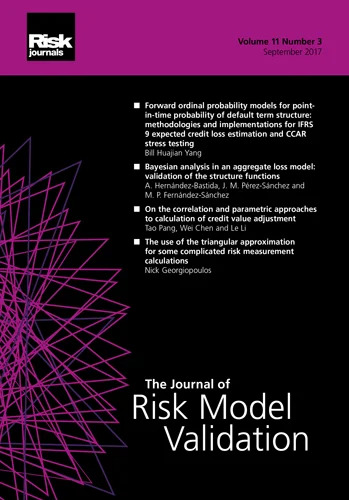Journal of Investment Strategies
ISSN:
2047-1246 (online)
Editor-in-chief: Ali Hirsa
Volume 13, Number 4 (December 2024)
Editor's Letter
Ali Hirsa
Professor, Columbia University & Managing Partner, Sauma Capital LLC
Welcome to the fourth issue of the thirteenth volume of The Journal of Investment Strategies, which contains three research papers.
In the first paper in the issue, “Investment decisions driven by fine-tuned large language models and uniform manifold approximation and projection-supported clustering and hierarchical density-based spatial clustering”, David Romoff examines investment signals generated by combining large language models (LLMs), applying them to two text sources: YouTube transcripts and business/economic news from over 100 mainstream outlets (eg, CBS News, CNBC, Forbes). He directly tests the ability of LLMs – including the bidirectional encoder representations from transformers (BERT) and GPT-3.5 Turbo – to generate buy/sell signals from financial news and YouTube content. He also introduces a novel approach that uses uniform manifold approximation and projection (UMAP) and hierarchical density-based spatial clustering of applications with noise (HDBSCAN) on BERT embeddings to identify semantically meaningful clusters of company information linked to strong riskadjusted returns. The combination of financial news, social media data and advanced dimensionality reduction techniques is a core innovation. Romoff’s findings show that fine-tuning significantly enhances model performance in identifying stocks with strong future returns based on news related to public companies. Signals derived from news sources outperform the Standard & Poor’s 500 (S&P 500) index (used as a benchmark) from September 2020 to April 2023 in both relative and risk-adjusted terms, while a fine-tuned GPT-3.5 model significantly outperforms both its base version and a benchmark model that combines entity recognition from the BERT base model with sentiment analysis from FinBERT. Additionally, the novel pipeline using UMAP for dimensionality reduction and HDBSCAN clustering applied to BERT sentence embeddings produces investment signals that beat the S&P 500 from June 2018 to June 2023 on a risk-adjusted basis. All the author’s strategies are shown to be distinct via standard regression against Fama–French investment factors. While the clustering-based strategy exceeds the S&P 500 purely on a risk-adjusted basis, this may be due to the model’s focus on risk-adjusted rather than absolute returns. Future research could explore investment themes within these semantic clusters and refine the investment signals to further improve performance.
The issue’s second paper, “Examining intersector risk synchronization in the Indian stock market: evidence from a time-varying connectedness approach” by P. Vairasigamani and S. Amilan, investigates volatility spillovers across three distinct health, geopolitical and financial crises – the Covid-19 pandemic, the war The issue’s second paper, “Examining intersector risk synchronization in the Indian stock market: evidence from a time-varying connectedness approach” by P. Vairasigamani and S. Amilan, investigates volatility spillovers across three distinct health, geopolitical and financial crises – the Covid-19 pandemic, the war between Russia and Ukraine, and the collapse of Silicon Valley Bank – in comparison with a normal period. Using a time-varying parameter vector autoregression (TVP-VAR) model, the authors analyze both intrasectoral and intersectoral volatility transmission in the Indian stock market (Bombay Stock Exchange). Their findings reveal persistent sectoral patterns: the auto, capital goods and realty sectors consistently act as volatility transmitters across all crises, while the banking, fast-moving consumer goods and health care sectors serve as shock absorbers. Other sectors – including power, IT, BSE Teck, metal, oil and gas, and consumer durables – exhibit dual roles, alternating between transmitters and receivers depending on the specific crisis. For instance, the energy sector showed resilience during the Covid-19 pandemic but became vulnerable during the Russia–Ukraine war; the technology sector displayed the opposite pattern. The authors’ nuanced analysis highlights the importance of understanding sector-specific dynamics in times of market stress. It provides portfolio managers with actionable insights to strategically adjust asset allocation and enhance diversification strategies during turbulent periods. Vairasigamani and Amilan’s study also advances the literature by filling a gap in our understanding of sectoral interconnectedness in emerging markets, offering a comparative view of systemic risk across different crisis types. In light of growing foreign institutional investment in India, the ability to anticipate sector-level vulnerabilities and adjust exposure accordingly is vital. The empirical insights in this paper support more informed investment decisions and policy responses, contributing to the broader goal of fostering market resilience and stability.
Our third and final paper, “Timing minimum-variance investment in the Canadian stock market” by Hyeonjun Kim, contributes to the literature by providing a novel explanation for the variation in idiosyncratic volatility (IVOL) anomaly returns and applying it to minimum-variance investing in the Canadian stock market. Kim finds that excess returns of the Canadian minimum-variance exchange traded fund (the iShares MSCI Min Vol Canada Index ETF) are better explained by the crowdedness of factor investing – driven by overpricing and market frictions – than by the IVOL factor itself, extending the state-of-the-art model. To quantify crowdedness, he introduces a time-series indicator (SPARSE), a measure of factor exclusion from the principal component, which shows strong predictive power for both future factor returns and the IVOL factor. Combining this indicator with a proxy for leverage constraints, the author proposes a rotation strategy between the Canadian minimumvariance ETF and the broad market portfolio. This strategy yields a compound annual growth rate over 1% higher than the ex post high-performing spread between the two portfolios, and it remains robust to high transaction costs. A long-only variant also provides moderate index outperformance, making it more suitable for practical implementation. Kim’s findings have important implications for portfolio management, asset pricing and behavioral finance. By linking the IVOL anomaly to herd ing behavior, his study offers an interpretation consistent with behavioral models while preserving the traditional risk–return framework. It also demonstrates the value of factor crowdedness indicators in timing and rotation strategies, particularly for investors seeking robust, low-volatility and index-tracking approaches.
The editorial board and I extend our sincere gratitude to you, our valued readers, for your unwavering support and your interest in our journal. We are delighted to present an expanding collection of practical papers on diverse topics relating to modern investment strategies, contributed by both academic and industry experts.
Papers in this issue
Investment decisions driven by fine-tuned large language models and uniform manifold approximation and projection-supported clustering and hierarchical density-based spatial clustering
The author proposes an investment strategy using LLMs and text from social media posts and business and economic news and demonstrate that the strategy outperforms the chosen benchmark.
Examining intersector risk synchronization in the Indian stock market: evidence from a time-varying connectedness approach
The authors investigate volatility spillover across the Covid-19 pandemic, Russia-Ukraine conflict and the collapse of Silicon Valley Bank and demonstrate how different sectors act as shock absorbers and transmitters.
Timing minimum-variance investment in the Canadian stock market
This paper proposes a novel explanation of the variation in idiosyncratic volatility anomaly return and its use in minimum-variance investing in the Canadian stock market.
